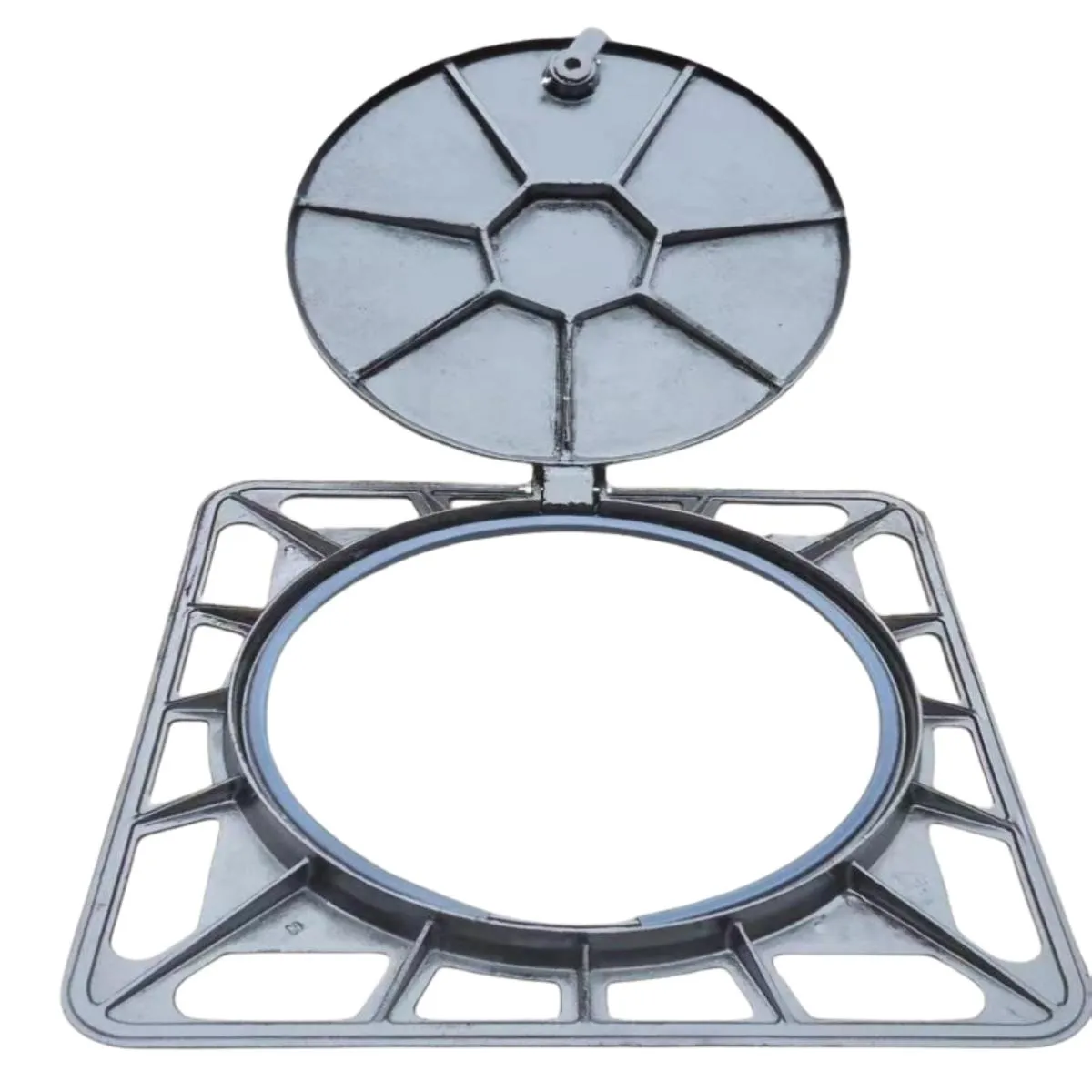hydraulic operated butterfly valve
Hydraulic Operated Butterfly Valve An Overview
The hydraulic operated butterfly valve is a pivotal component in various industrial applications, especially in fluid control systems. Designed for efficient operation, this type of valve utilizes hydraulic pressure to manage the flow of liquids or gases through a pipeline. Its unique design and functionality make it an essential tool in sectors such as water treatment, oil and gas, chemical manufacturing, and HVAC systems.
Design and Functionality
The butterfly valve consists of a circular disc or vane that is mounted on a rotating shaft within the valve body. When the valve is opened, the disc rotates to align with the flow, allowing fluid to pass through with minimal resistance. Conversely, when it is closed, the disc blocks the flow, effectively sealing the pipeline. The hydraulic operation of these valves allows for smooth and precise control over the flow rate, making them ideal for applications that require stringent regulation.
hydraulically operated butterfly valves typically include a hydraulic actuator that translates hydraulic energy into mechanical motion. This actuator is controlled by a hydraulic system that provides the necessary pressure to either open or close the valve. The ability to operate remotely and automatically makes these valves particularly advantageous in large industrial setups where manual operation would be impractical.
Advantages
hydraulic operated butterfly valve

One of the significant benefits of hydraulic operated butterfly valves is their compact design. Unlike gate valves or globe valves, butterfly valves require significantly less space, making them suitable for installations where space is limited. Additionally, their lightweight construction minimizes the overall weight of piping systems, reducing the structural demands of supports and frameworks.
These valves also offer quick operation, with a full cycle often completed within a few seconds. This rapid response time is essential in systems where quick shut-off or flow regulation is necessary to prevent accidents or equipment damage. Furthermore, the low torque requirement for operation makes them energy-efficient, contributing to reduced operational costs over time.
Applications
Due to their versatility and efficiency, hydraulic operated butterfly valves are found in numerous applications. In water treatment facilities, they manage the flow of water during various treatment stages. In the oil and gas industry, they help regulate the flow of crude oil and natural gas, ensuring safe and efficient transport. Additionally, in HVAC systems, these valves control airflow and optimize temperature regulation in commercial and residential buildings.
Conclusion
In summary, the hydraulic operated butterfly valve is a crucial element in modern fluid management systems. Its efficient design, quick operation, and versatility make it a preferred choice across multiple industries. As technology continues to evolve, the role of these valves will likely expand, showcasing their importance in achieving effective fluid control and enhancing operational efficiency.
-
The Smarter Choice for Pedestrian AreasNewsJun.30,2025
-
The Gold Standard in Round Drain CoversNewsJun.30,2025
-
The Gold Standard in Manhole Cover SystemsNewsJun.30,2025
-
Superior Drainage Solutions with Premium Gully GratesNewsJun.30,2025
-
Superior Drainage Solutions for Global InfrastructureNewsJun.30,2025
-
Square Manhole Solutions for Modern InfrastructureNewsJun.30,2025
-
Premium Manhole Covers for Modern InfrastructureNewsJun.30,2025
